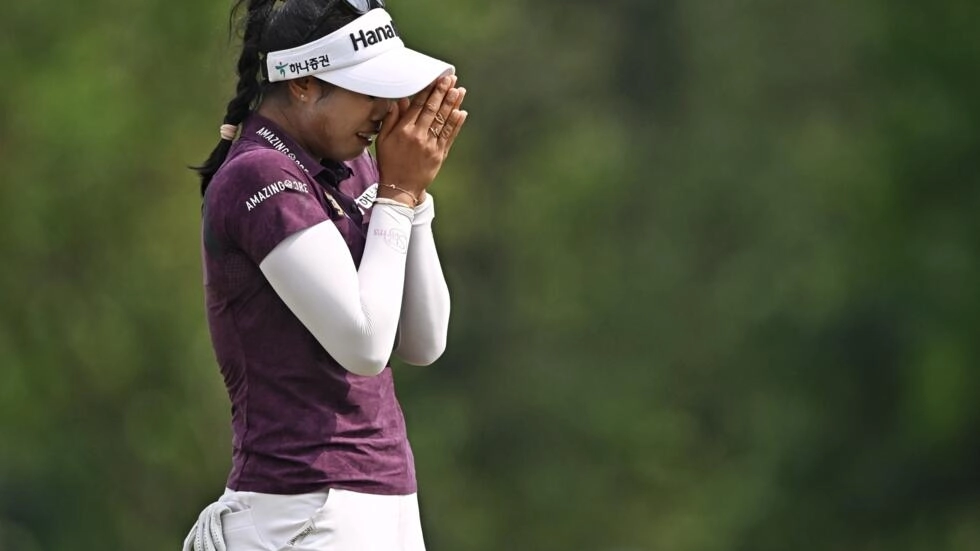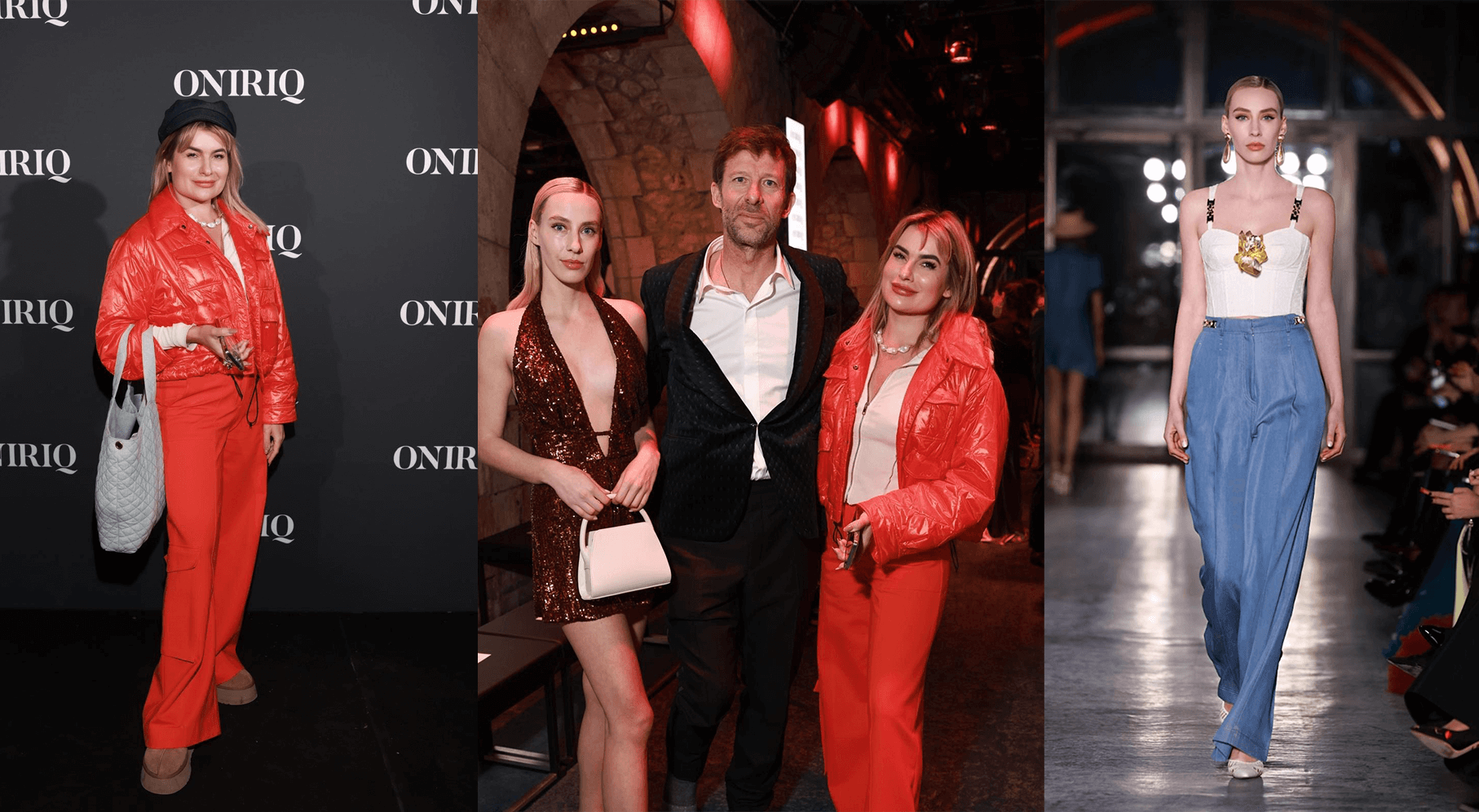A surprising shift is unfolding in America’s housing and lifestyle trends: both Gen Z professionals and high-net-worth individuals are flocking back to major cities, reigniting urban life after years of pandemic-era migration to the suburbs and smaller towns. But according to Pamela Liebman, CEO of the Corcoran Group, this urban revival isn’t being driven by return-to-office mandates — it’s about lifestyle, opportunity, and the enduring magnetism of city life.
“We’re seeing an undeniable movement back into the cities,” Liebman said in a recent interview. “People want to be part of the energy again. It’s not just about work — it’s about connection, culture, and convenience.”
A Post-Pandemic Reversal in Motion
Just a few years ago, America’s major cities — from New York and Los Angeles to Miami and San Francisco — were grappling with population declines as remote work, rising crime concerns, and housing affordability pushed many residents toward quieter, more spacious living.
But in 2024 and 2025, the trend has begun to reverse sharply. The Corcoran Group, one of the country’s top luxury real estate brokerages, reports a surge in demand for urban homes and apartments, particularly among younger buyers and wealthy professionals who once swore off big-city living.
“During the pandemic, people wanted space and safety. Now, they want excitement and engagement,” Liebman explained. “There’s a renewed appetite for the things that make cities great — world-class dining, cultural events, innovation, and a sense of belonging.”
Gen Z Is Redefining Urban Living
For Gen Z — those in their 20s and early 30s — the return to the city is about building networks and identity. Many members of this generation entered adulthood during COVID-19 lockdowns, missing out on traditional social and career experiences.
Now, they’re seeking to make up for lost time by moving into bustling neighborhoods that offer professional opportunity, nightlife, and community.
“Gen Z is realizing that you can’t build the same career momentum or social network from your parents’ basement or a small town,” Liebman noted. “Cities are where collaborations happen — whether you’re in finance, tech, fashion, or entertainment.”
Social media, she added, has amplified the appeal. Platforms like TikTok and Instagram glamorize urban lifestyles, from New York coffee runs to rooftop parties, further fueling migration among young professionals.
“They want to live the life they’re watching online,” Liebman said. “For many, the city represents ambition in motion.”
Millionaires Are Coming Back Too — But With a Twist
It’s not just Gen Z driving the resurgence. High-net-worth individuals — many of whom left cities during the pandemic for second homes in the Hamptons, Palm Beach, or Aspen — are returning as well. But their reasons differ.
For these buyers, Liebman says, the city has regained its value proposition as both a social hub and a long-term investment.
“Luxury buyers are coming back because they recognize that prime urban real estate always holds value,” Liebman explained. “They’re buying pied-à-terres again, attending galas, dining at reopened Michelin-star restaurants, and re-engaging with the cultural scene.”
She notes that after years of inflated suburban and vacation-market prices, urban properties now look comparatively attractive, especially in cities like New York where supply has tightened.
“Some of the wealthiest clients we have are saying, ‘I miss the pulse of the city,’” Liebman shared. “It’s no longer just about having space — it’s about being where the action is.”
Work-from-Home Stays, but the City Still Wins
One of the most intriguing aspects of this trend is that it’s not driven primarily by return-to-office mandates. While hybrid work remains common, employees are choosing to live in cities for lifestyle reasons, not corporate pressure.
“Even people who only go into the office two or three days a week are moving back,” Liebman said. “They’d rather commute 15 minutes twice a week than 90 minutes from the suburbs.”
This sentiment marks a fundamental shift: cities are no longer being seen merely as work hubs, but as centers of convenience and experience. From fitness studios to live entertainment to world-class food, the urban ecosystem provides a sense of immediacy and enrichment that suburban living often lacks.
And as remote work technologies mature, many professionals find they can have the best of both worlds — urban excitement and flexible schedules.
“The return isn’t about obligation,” Liebman emphasized. “It’s about choice. People want to live where life happens.”
Real Estate Reawakening: A Tale of Two Markets
The influx of both young professionals and affluent buyers is driving demand pressure in several major urban centers.
In New York, the Corcoran Group reports that rental demand is at a record high, with bidding wars returning to neighborhoods like the West Village, Williamsburg, and SoHo. Luxury sales are also gaining momentum, particularly in new developments offering amenities tailored to post-pandemic preferences — outdoor space, home offices, and wellness features.
Meanwhile, cities like Miami, Austin, and Los Angeles continue to draw both domestic and international buyers, spurred by favorable tax policies and lifestyle appeal.
“People used to think New York was too crowded or LA was too expensive,” Liebman said. “Now, they’re comparing it to the social isolation of remote living — and suddenly, the value makes sense again.”
The Broader Implications: Urban Confidence Is Back
This urban revival has broader economic and cultural implications. City economies that were battered by COVID-19 lockdowns are seeing new life in retail, hospitality, and entertainment sectors, fueled by the spending power of returning residents.
Local governments are also benefiting from a rebound in property tax revenues and business activity, helping finance public services and infrastructure upgrades.
Yet, challenges remain. Rising rents risk pricing out long-time residents, and infrastructure in some cities is still recovering from years of underinvestment. But Liebman remains optimistic.
“Urban living has always evolved,” she said. “Every generation reshapes it. What’s happening now is not just a comeback — it’s a redefinition.”
The New Urban Mindset
Ultimately, the city’s allure lies not in mandates or market cycles, but in its inherent human energy. For Gen Z, it’s the promise of opportunity. For millionaires, it’s the rediscovery of belonging.
And for real estate leaders like Pamela Liebman, it’s proof that — no matter how the world changes — the city always calls people home.
“You can leave for a while,” she said, smiling. “But sooner or later, the city pulls you back. It always does.”














